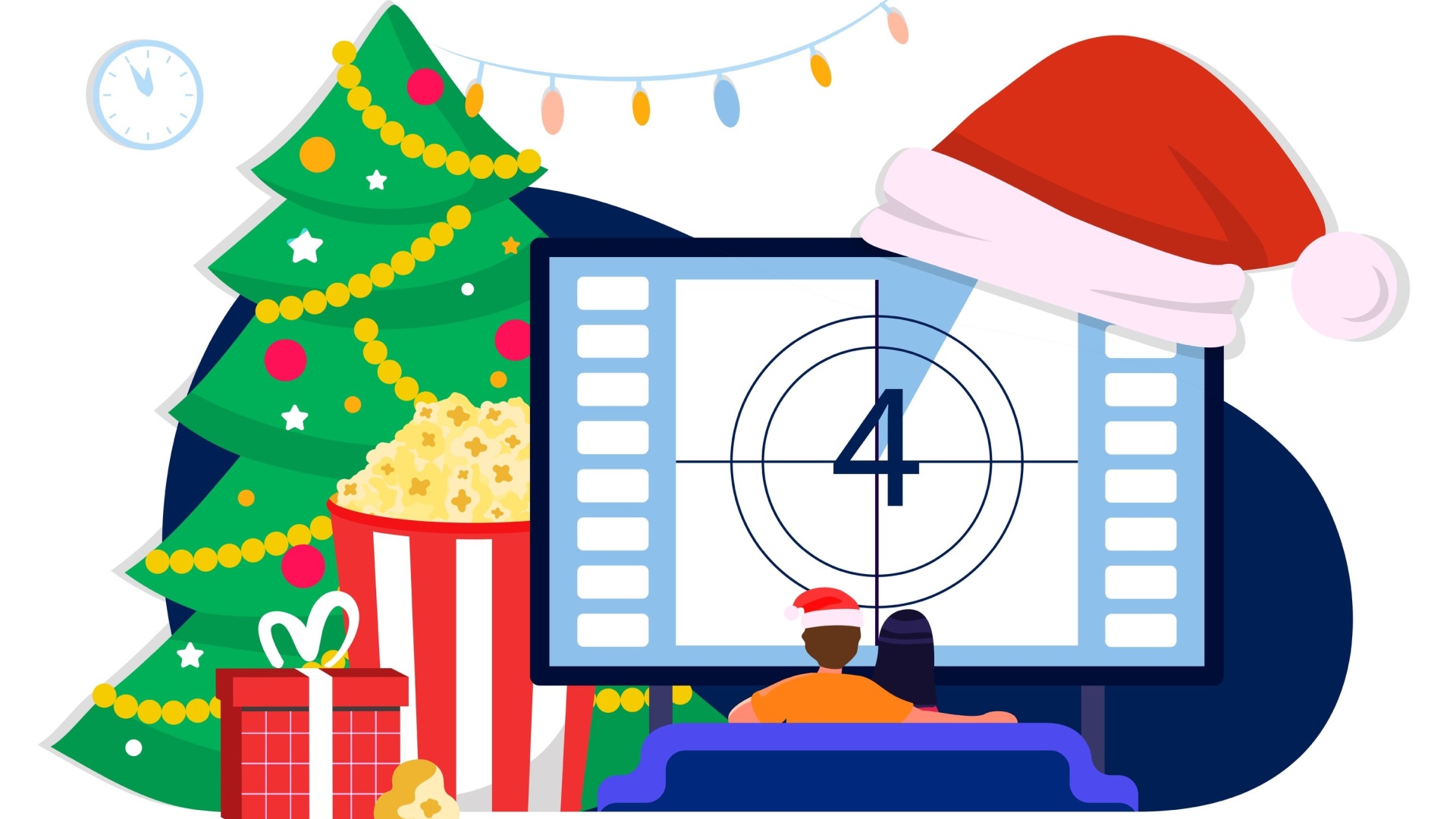How to teach your child financial literacy
Every parent dreams of providing their child with the best education possible.

To achieve this, parents enroll their children in classes and summer camps, encourage creative and physical development, purchase professional equipment, and much more. However, only a few people consider children's financial literacy. Unfortunately, even in the school curriculum, there is no subject on how to handle money wisely, even though this is an essential skill in adult life. Since they do not teach this at school, Lectera will! Here are some tips for teaching a child financial literacy and protecting them from money mistakes and bad habits.
What is financial literacy?
Financial literacy is a set of knowledge, skills, and abilities to make reasonable and balanced economic decisions, such as purchases, loans, investments, etc. Financial literacy implies that a person will attain financial well-being. For example, a person's ability to save measures their financial literacy! A financially literate person can manage their income and expenses, develop a budget, and distribute money in the right way.
A child's attitude to money and all these skills are shaped during childhood. It is, therefore, imperative to teach the child how to manage their money effectively, save it, and avoid unsafe financial schemes. Additionally, the child must understand that it is their work that brings money, and mishandling it leads to poverty. The best way for your child to learn what money is, how it appears, why you need a bank, why it's crucial to prepare a financial plan, and how to save money is through the course "Young Financier. How To Treat Your Money Wisely.”
When should you start teaching financial literacy?
The answer is simple: as early as possible! Of course, you shouldn’t explain how the economy works to a three-year-old child and read them books about the structure of financial pyramids. However, you can teach children at this age to appreciate their parents' work and not grab all toys they want at a store. Also, preschool age is the best time to give your child a general idea of money and that these are not just candy wrappers but a means of satisfying needs and desires.
As your child approaches school age, explaining where the money comes from and how to spend it is important. At the age of 7-8, children should understand that income is a result of hard work. With these basic concepts, the formation of financial literacy begins. Here are our tips about how you can explain easily and in an engaging manner the appearance, functions, and essence of money to children of primary school age.
Financial Literacy for Kids: Top Valuable Tips

Tip 1. Play the "shopping" game
Playing "store" or "market" with your children can be a good rehearsal for actual shopping. To begin with, decide what you will sell, place these things on the table, set the price, and fix the price tags on each item. Then decide which of you will be the seller and who will be the buyer. Then you and your child can switch roles. The essence of the game is that the buyer needs to calculate and collect the required amount to "buy" the thing you like, and the seller needs to count the money and calculate the change.
Tip 2. Take your child with you to the shops
During the shopping trip, explain to your child what you want to buy, how much it costs, and why you need it. You can also show your shopping list and calculations and share how much money you can spend on a specific item. Be active in conducting explanatory conversations with your child. Also, draw the child's attention to the fact that there are cheaper and more expensive products. Describe how this item differs from the others and why you chose it.
It is worth emphasizing that you cannot afford to buy everything. Likewise, if the child wants another toy or something else, it is important to let them know why the parent didn't buy it. In the future, your child will need to curb their urges, so you will only help your child by teaching them financial literacy when they are young. Tell your child that they already have similar toys at home and that they miss your child and are sad that nobody plays with them. Alternatively, you can offer your child a choice: buy this toy, but pass on something more important. Explain that the purchase you suggest is more essential. That way, you can slowly introduce them to the economic issues of adulthood.
Tip 3. Tell your child about your work
It is best to bring your child to work once to show them what you do at work and what you get paid for. In addition, talk about your work, accomplishments, successes, and failures. However, remember that money is not the main thing. Emphasize to your child that you work for more than just a salary. Money is a material reward for your work, so tell your child what you enjoy about your work and why work is important for socialization and self-realization.
Tip 4. Play board games
With strategic board games, children will learn how to spend startup capital wisely, what is best to invest in, and how to control cash flows. An excellent example of such a game would be "Monopoly," an enjoyable game for all ages. Furthermore, the fun games " Economics," "Startup," and "Think and Grow Rich" will help children develop financial literacy. Moreover, they teach valuable skills to negotiate and communicate with other players, build strategies and achieve success. This way, children learn business skills and adapt to unforeseen economic circumstances.
Lectera’s Online Courses by topic
Tip 5. Watch educational cartoons with your children
For children, it is imperative when their favorite characters talk about money, savings, and loans. Many cartoons have separate series dedicated to financial literacy. For example, the cartoon series "Gogoriki" includes a series of episodes called "ABC of Financial Literacy," and the cartoon "Three Cats" has a collection called "Finance for Children." In addition, some comics, such as the Russian "ABC of Aunt Owl's Money, How to Help a Child Grow Up God" or the American educational series "The Secret Club of Millionaires," talks exclusively about financial literacy. Even Homer Simpson offers financial advice: "Buy low and sell high.” There are also series that teach children about money: Phineas and Ferb, and Gravity Falls. Favorite characters help children learn about money, family budgets, savings, needs, and opportunities, using vivid and memorable examples.
Tip 6. Give your child an allowance
This is one of the essential steps in teaching financial literacy because the allowance shows how the child views finances and whether they can handle them well. Thus, it is best to start giving allowance money before the child starts school so that they will have experience managing their funds by then. Then, children as young as five can make purchases with the supervision of their parents.
Also, children should learn to buy groceries and pay in the store. It's important not to scold them for excessive spending or unnecessary purchases. Let the child make a mistake and get their experience. In the long run, they will benefit greatly from that.
Tip 7. Get a piggy bank
For a child, the piggy bank will symbolize growing up and a more conscious approach to money, just as adults have several "wallets," so a child can have several piggy banks. It would be wise to have two different piggy banks and divide the money as follows: the current expenses for “needs” and the savings for “wants” to buy something more expensive and desirable. First, you must help your child distribute funds between piggy banks and explain how much money to save for the future and how much to spend now. It is best to keep track of expenses and write down all your payments in a separate notebook. This is a basic way to develop a child's conscious attitude toward money.
Tip 8. Read books on financial literacy and develop with your child
Here are some basic books for the development of financial literacy in children, which can be enjoyable and exciting, including for adults:
- The book "Your Money" by Gerry Bailey and Law Felicia fascinatingly tells about various aspects of the modern economy, such as taxes and banks. Particular attention is paid to the ways and opportunities for children to make money to be financially independent of their parents.
- "Economics in comics. Money" by Claire Fuma, in the form of funny and memorable pictures, teaches children the basics of financial literacy. It explains what money is, how it appears, and its functions and significance in the life of a modern person.
- In "Raising Financially For Kids," Joline Godfrey talks about the ten primary skills of handling money and gives recommendations for the development of financial literacy of a child from the age of five to adulthood.
- The book "The Know-Nonsense Guide to Money: An Awesomely Fun Guide to the World of Finance!" Heidi Fiedler will talk about the basic economic terms, teach you how to earn, save and spend money and explain the principles of working with financial instruments. Also, children will enjoy the bright illustrations.
Remember that you should be an example for the child! Therefore, develop too, improve your skills, and learn new skills with your child. You can learn how to competently and productively combine work and raising children on the course "Time Management for Moms." In the process of learning, you will understand what it means to be a conscious parent and study the stages of development of children and their especially styles and methods of upbringing. Use the recommendations of Lectera, devote time to children, and explain to them the intricacies of the economic issues of adult life. Then your child will undoubtedly grow up to be a literate and conscious person capable of important independent decisions.
Share this with your friends via:
Latest News

A significant stage in the development of the alternative education system has begun in West Northamptonshire in the UK: the County Council is actively calling on parents, guardians, and trustees to participate in shaping the future of this key area.

Outwoods Primary School in Atherstone, Warwickshire, having experienced deep sadness after the loss of their famous cat, Silla, has found solace in a new pet – a Maine Coon named Aloysius O’Hara.

In modern universities, artificial intelligence, and in particular ChatGPT, is rapidly transforming from a controversial tool into a full-fledged student assistant.

An innovative educational project is gaining momentum in UK primary schools, aiming to change attitudes towards video games.

The Massachusetts Institute of Technology (MIT) presents MIT Learn – a revolutionary online platform that opens a “new front door” to access university knowledge and resources.












 Which Christmas Movie Character Are You?
Which Christmas Movie Character Are You?
 Your New Year’s Forecast: What Awaits You in the New Year?
Your New Year’s Forecast: What Awaits You in the New Year?
 Test. What Career Goal Should You Set for Next Year?
Test. What Career Goal Should You Set for Next Year?
 Test. Which New Year Archetype Are You?
Test. Which New Year Archetype Are You?
 Test. How Should You Spend the Winter Holidays?
Test. How Should You Spend the Winter Holidays?
 Test. What Winter Dessert Are You?
Test. What Winter Dessert Are You?
